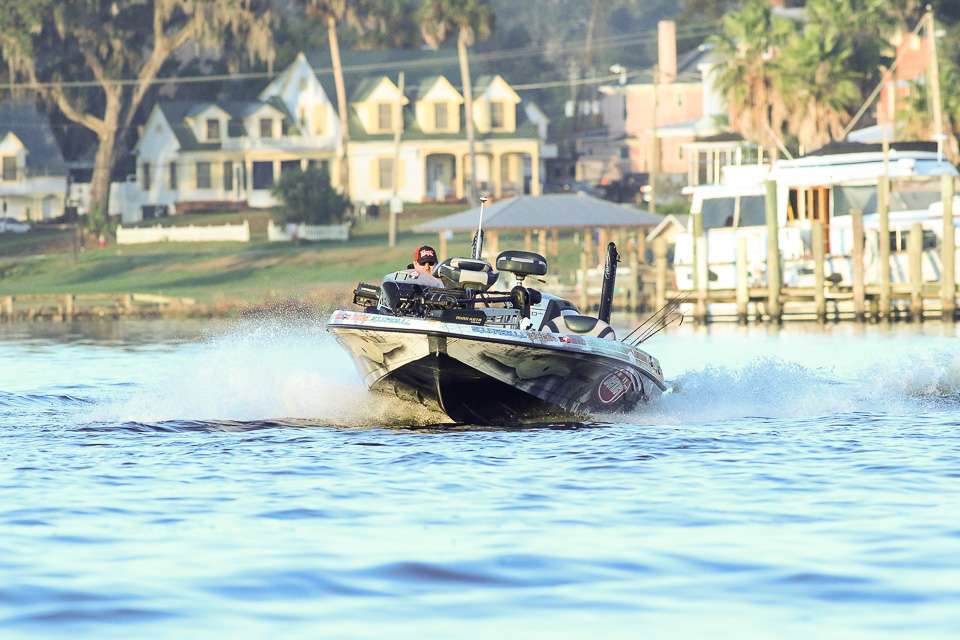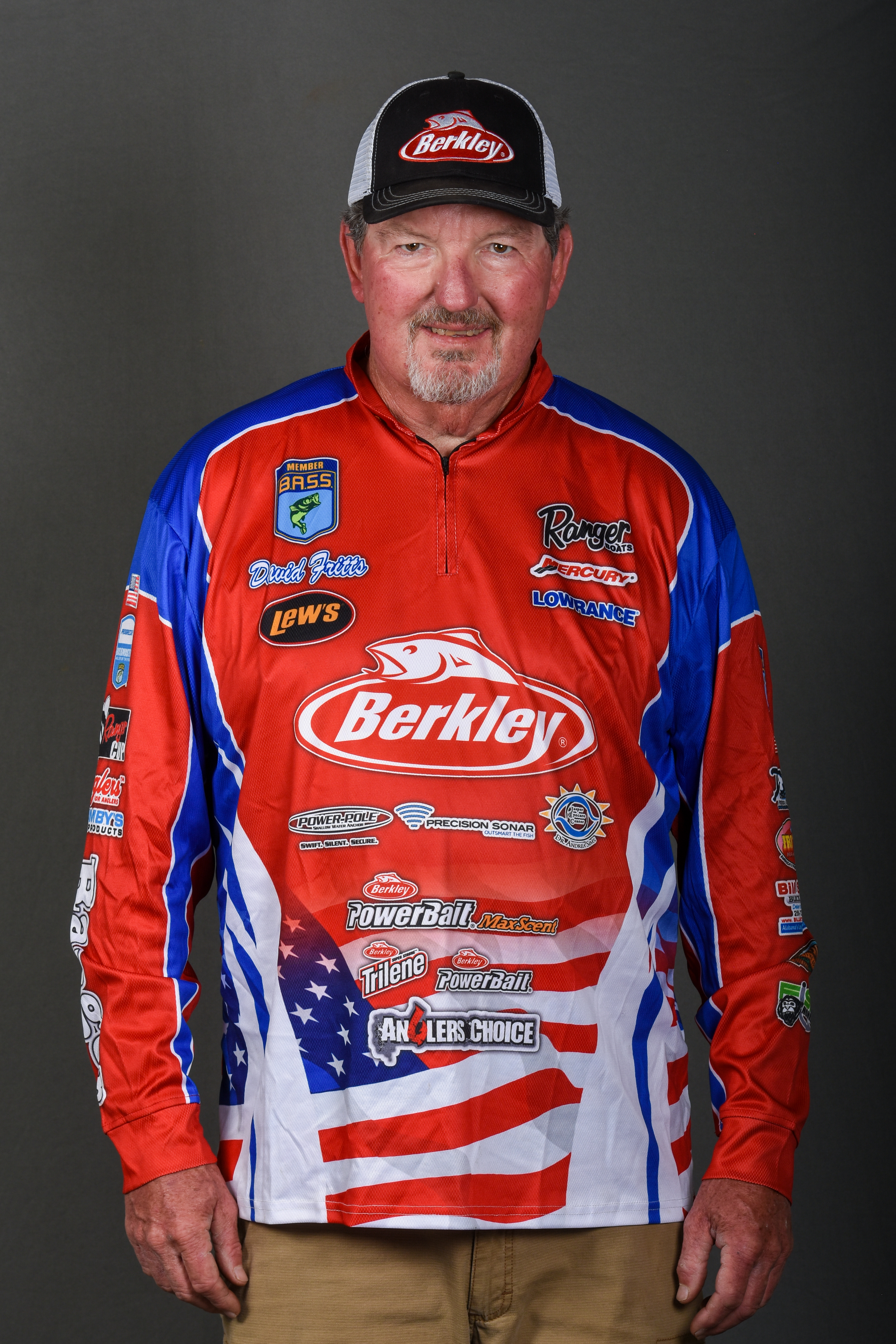
I was asked recently by a recreational angler why he seems to catch more bass on flat-sided crankbaits than on ones that are more round bodied. The answer to that is really pretty simple. They look and act more like the real thing in cold water, really hot shallow water or when you’re targeting pressured bass.
If you look at most minnows or forage fish, they have flat or mostly flat sides. There are a few exceptions but that’s exactly what they are — exceptions. Combine that with the right size and color lure and you have something that looks and acts natural.
Another part of that natural action is the movements that a flat side design gives you. All crankbaits — the good ones, anyway — vibrate back and forth and they have a little dip up and down. A flat-sided crankbait does the same thing, but it also rolls a little bit from the belly to the backbone. It’s almost a twist. That’s exactly what the real thing does when it swims.
Another thing about flat-sides is that they catch bass at all speeds. A regular crankbait works best at a specific speed. It needs that speed to be effective and to elicit strikes from neutral or somewhat neutral bass. A flat-side moves around and drops down regardless of how fast or slow you bring it back. That’s a huge advantage.
If you want to get a better look at how speed affects crankbait action and depth, read an old column of mine where I talk about speed and depth and action.
And, the very best ones have a coffin shaped lip. The corners are cut off. That gives the lure a totally different action, and even more important, it changes the angle of deflection when it hits something. That’s important with pressured bass. You want them to see something they haven’t seen a hundred times before. A little difference makes a big difference.
There is one problem with coffin shaped lips, however. They have a tendency to hang more than the ones with sharp corners. There isn’t much you can do to avoid that except to fish only in open water. That’ll take care of the hang-up problem, but it’ll also pretty much guarantee you won’t catch very many fish. So, if you care about catching bass, buy a couple of extra flat-sides when you go to the tackle store.
A separate problem with flat-sided crankbaits is that they can be hard to cast. The flat sides catch the air and will sail way off target or they’ll slow down in midair and create a backlash. Some guys address that issue by making short and easy casts or by fishing them on spinning tackle.
I’ve been working on that casting problem with Berkley for about a year and a half. We have it solved for the most part. I won’t go into all the details here, but we’ve redesigned the weight system in our new line of flat-sided crankbaits. You’ll be able to see them at ICAST this year. They’ll be called Fritts Sides.
Nothing I’ve said here means that I don’t fish with, or recommend, regular crankbaits. I fish with them all the time, and I’ve caught a lot of bass with them. But as I learn more and more about crankbaits and bass I realize there’s a place in my tackle box for flat-sides, too.
Think about all of these things the next time you reach for a crankbait.

